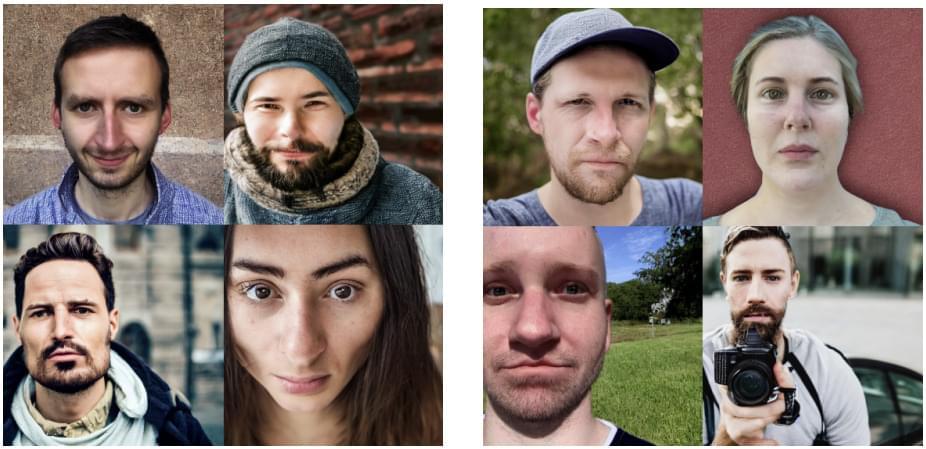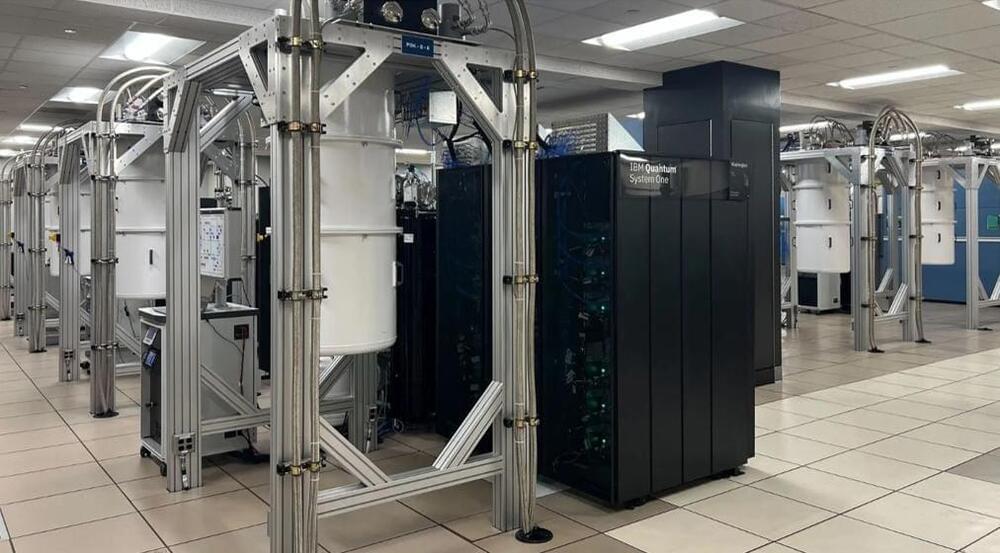Amazon Q, currently available for contact centers, will be integrated to other AWS services soon.
Amazon’s cloud business AWS launched a chat tool called Amazon Q, where businesses can ask questions specific to their companies.
Amazon Q can work with any of the models found on Amazon Bedrock, AWS’s repository of AI models, which includes Meta’s Llama 2 and Anthropic’s Claude 2. The company said customers who use Q often choose which model works best for them; connect to the Bedrock API for the model; use that to learn their data, policies, and workflow; and then deploy Amazon Q.
AWS said Amazon Q was trained on 17 years’ worth of AWS knowledge and can be used to ask questions specific to AWS use. It can suggest the best AWS services for a project.
Currently, Amazon Q is available only for users of Amazon Connect, AWS’s service for contact centers. Eventually, it will be available on other services like Amazon Supply Chain, which helps customers track their supply chain management, and Amazon QuickSight, its platform for business intelligence. Amazon Q for supply chain and business intelligence is available on preview.









